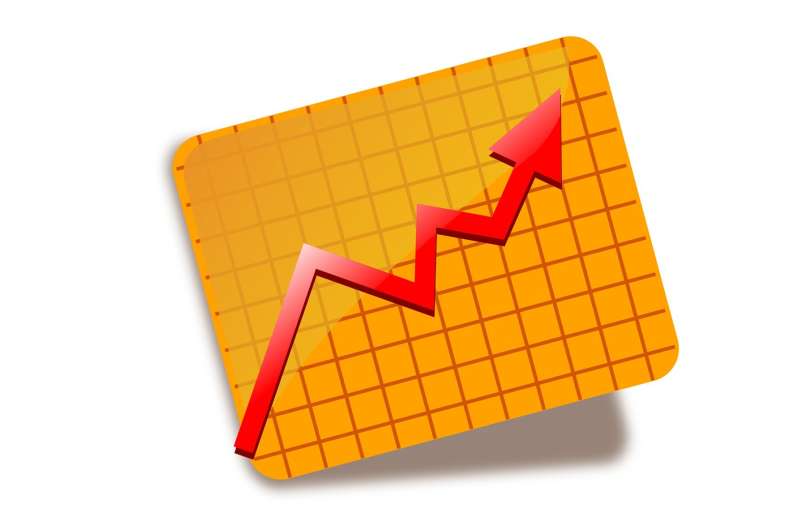Credit: Pixabay/CC0 Public Domain
A new study out of Brigham and Women's Hospital shows how newly marketed brand-name drugs in the U.S. are driving up health care spending, resulting in "detrimental effects for patient access and affordability."
From 2008 to 2021, launch prices for new drugs jumped by more than 20% per year, according to the research from Benjamin Rome and colleagues who studied 548 brand-name drugs.
Also, the percentage of drugs priced above $150,000 per year spiked from 9% in 2008-2013 all the way to 47% in 2020-2021.
The rising prices for new brand-name prescription drugs are increasing faster than other health care services, said Rome who added that the skyrocketing prices result in "detrimental effects for patient access and affordability."
"These trends demonstrate that we urgently need Congress to pass comprehensive drug pricing reform, including allowing Medicare to negotiate prices," said Rome, who's in the Division of Pharmacology and Pharmacoeconomics in the Department of Medicine at Brigham and Women's Hospital.
"The most recent reforms included in the Build Back Better Act were a good start but they would not have allowed Medicare to negotiate prices on new drugs for 9 to 13 years after they are launched," he added. "Other countries negotiate prices for drugs soon after they are marketed, based on the clinical benefits they offer to patients over existing therapies."
This study included a wide variety of drugs, including treatments for rare diseases, cancer treatments, and common conditions like diabetes and heart disease.
Some examples of high-spending drugs include adalimumab (Humira), Apixaban (Eliquis), lenalidomide (Revlimid), and empagliflozin (Jardiance).
"In response to the current trends, the U.S. could stop allowing drug manufacturers to freely set prices and follow the example of other industrialized countries that negotiate drug prices at launch," the researchers wrote in the Journal of the American Medical Association.
Prescription drug spending in the U.S. exceeded half a trillion dollars in 2020.
Journal information: Journal of the American Medical Association
©2022 MediaNews Group, Inc.
Distributed by Tribune Content Agency, LLC.























